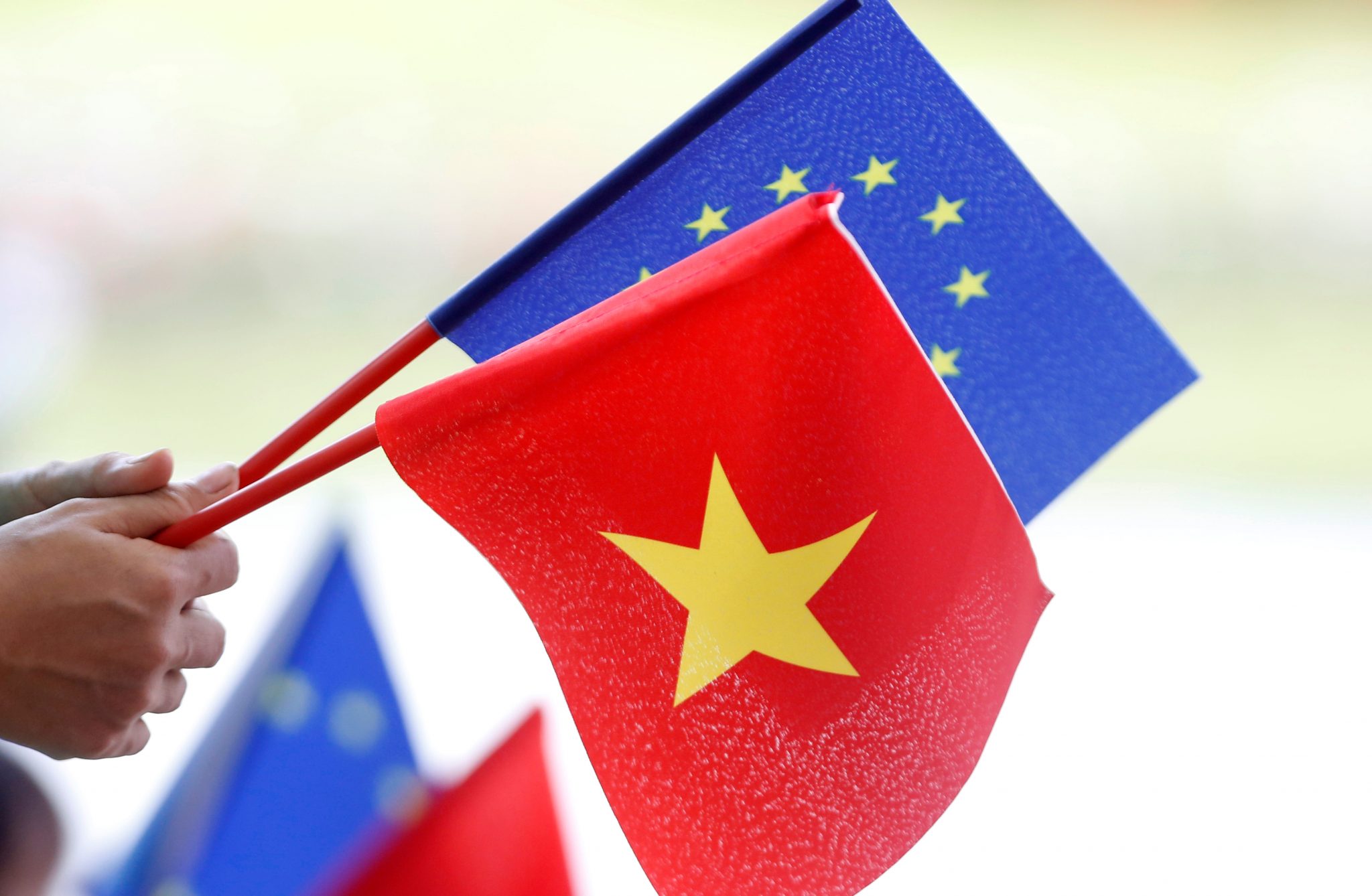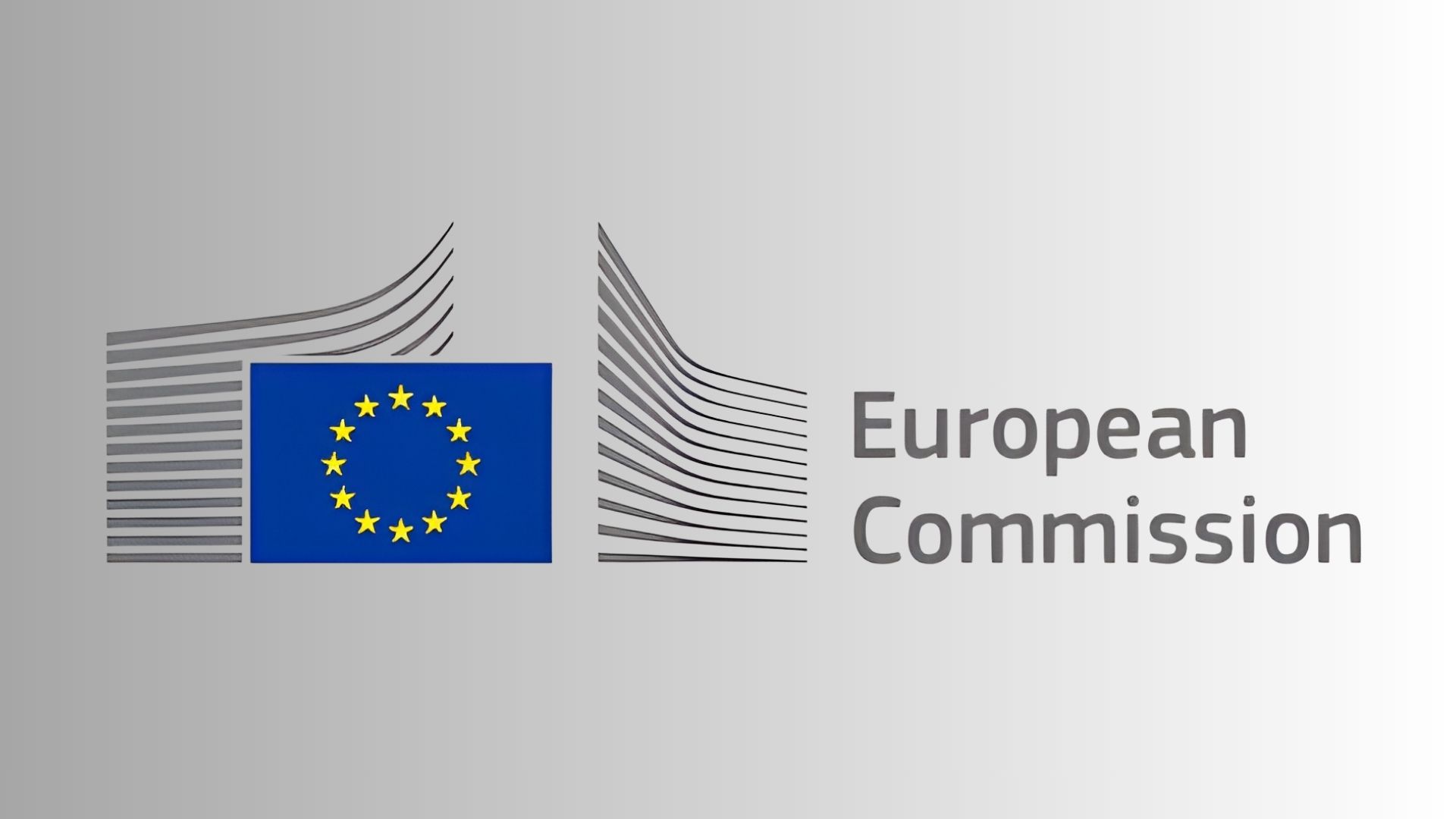The European Commission and European Data Protection Board have jointly published long-awaited guidelines clarifying how the Digital Markets Act aligns with the GDPR. It aims to remove uncertainty for large online platforms over consent requirements, data sharing amongst other things.
Under the new interpretation, gatekeepers must obtain specific and separate consent when combining user data across different services, including when using it for AI training. They cannot rely on legitimate interest or contractual necessity for such processing, closing a loophole long debated in EU privacy law.
The Guidelines also set limits on how often consent can be re-requested, prohibiting repeated or slightly altered requests for the same purpose within a year. In addition, they make clear that offering users a binary choice between accepting tracking or paying a fee will rarely qualify as freely given consent.
The Guidance also introduces a practical standard for anonymisation, requiring platforms to prevent re-identification using technical and organisational safeguards. Consultation on the Guidelines runs until 4 December 2025, after which they are expected to shape future enforcement.
Would you like to learn more about AI, tech and digital diplomacy? If so, ask our Diplo chatbot!









